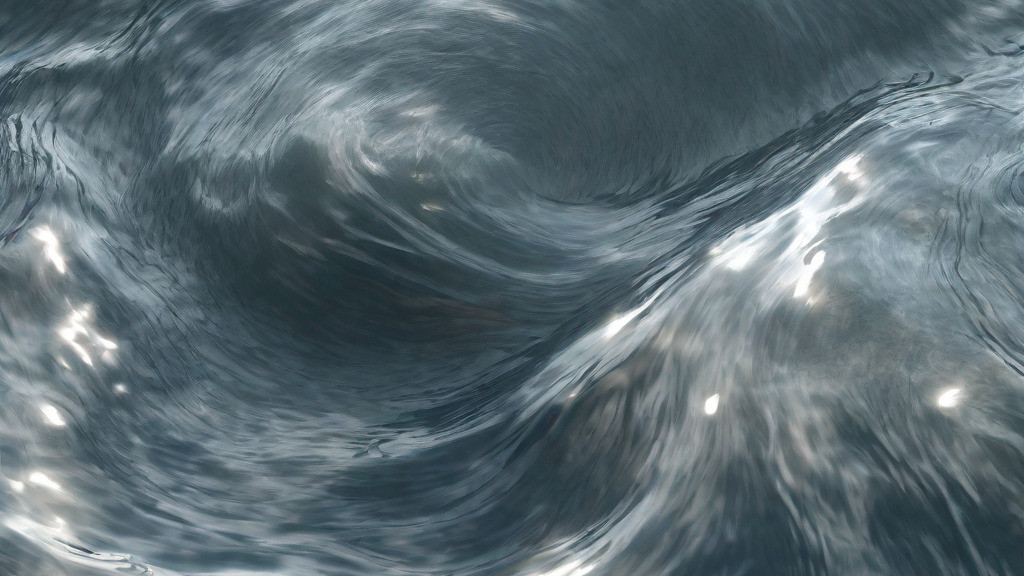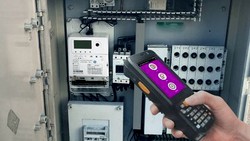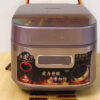Renewable energy systems, specifically solar photovoltaic (PV) and wind turbines, have gained increasing popularity as the global community seeks sustainable and clean energy sources. But putting these systems into the power grid has created new problems, like backflow. This article explores the causes, consequences, and mitigation strategies for backflow in renewable energy generation systems.
What is Backflow?
Backflow in electrical power systems happens when electricity flows in the opposite direction, from the consumer back into the distribution network, instead of the usual path from the power station to the consumer. Although it's a common phenomenon in grid-tied renewable energy systems, backflow can cause a bunch of operational headaches if not handled correctly.
Causes of Backflow
The main reason we see backflow in renewable energy systems is because of how power generation has become more decentralized. Unlike traditional power plants, where electricity is generated in one central location, renewable energy sources like solar panels and wind turbines are often installed right where the power is being used, like on rooftops or in commercial buildings. This decentralization, combined with a few other factors, leads to backflow.
- Excess Generation
When the energy produced by renewable sources exceeds the local consumption, the surplus can flow back into the grid. - Intermittency
Renewable sources like solar and wind are variable in nature, leading to fluctuations in power generation that can disrupt the balance between supply and demand. - Grid Infrastructure
Many existing grid infrastructures are designed for unidirectional flow and may not be equipped to handle the bidirectional flow of electricity. - Synchronization Issues
Renewable energy inverters must synchronize with the grid frequency and voltage, and any mismatch can cause power to flow in the opposite direction.

(credit CLOU)
Consequences of Backflow
Unmanaged backflow can have several negative consequences:
- Grid Stability
Backflow can affect grid stability, causing voltage fluctuations, power quality issues, and even blackouts. - Financial Losses
Utility companies may face financial losses from unaccounted energy distribution and challenges in energy billing and crediting. - Equipment Damage
Backflow can lead to the potential damage of grid infrastructure and customer equipment due to reverse currents and overvoltage. - Safety Hazards
The reverse flow of electricity can pose safety risks, including electrocution and fire hazards, especially during grid maintenance or outages.
Mitigation Strategies
There are a variety of strategies in place to effectively control backflow and ensure the smooth and secure operation of renewable energy systems when connected to the power grid. The main objective is to enable the integration of more solar, wind, and other renewable power sources into the grid without any hiccups caused by electricity flowing in the wrong direction. These strategies play an important role in maintaining the safety and effectiveness of renewable energy systems within the larger power grid.
- Anti-Islanding Protection
Solar PV systems are typically equipped with anti-islanding protection devices that detect grid faults and disconnect the PV system from the grid to prevent backflow. - Power Factor Correction
Wind turbines can be equipped with power factor correction systems to regulate the flow of electricity and minimize reverse power flow. - Smart Inverters
These advanced inverters can manage the flow of electricity, regulate voltage, and ensure synchronization with the grid. - Energy Storage Systems
Batteries and other storage technologies can store excess energy rather than sending it back to the grid. - Demand Response
This involves adjusting or controlling the load on the consumer side to match the variable generation patterns of renewable energy sources. - Grid Upgrades
Investing in modern grid infrastructure that can handle bidirectional flows is crucial for accommodating renewable energy backflow. - Net Metering
This billing mechanism credits renewable energy system owners for the electricity they add to the grid, thus providing a financial incentive for managing backflow. - Dynamic Pricing
Time-of-use rates can encourage consumers to use electricity when renewable generation is high, reducing the likelihood of backflow.
Takeaway
Backflow is something that naturally happens in renewable energy systems, and it's important to pay close attention to it to make sure the power grid stays reliable and intact. By understanding what causes backflow and its impact, everyone involved can put effective measures in place to deal with it. These measures not only help solve backflow issues but also contribute to the bigger goal of shifting towards a more sustainable and resilient energy system. As technology advances and more renewable sources get integrated into the grid, it's crucial to keep innovating and adapting in both the technical and regulatory aspects. This way, we can make the most out of renewable energy while tackling challenges like backflow along the way.
Thank you for reading. If you have questions about how CLOU can contribute to minimizing backflow with energy storage and metering technologies, don't hesitate to reach out. Our team of experts is here to provide you with valuable insights and solutions.
Until then, keep harnessing the power of renewable energy and making a positive impact on our planet!





All comments are moderated before being published. Inappropriate or off-topic comments may not be approved.